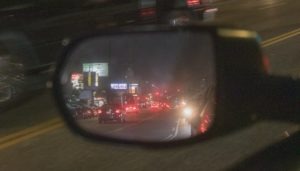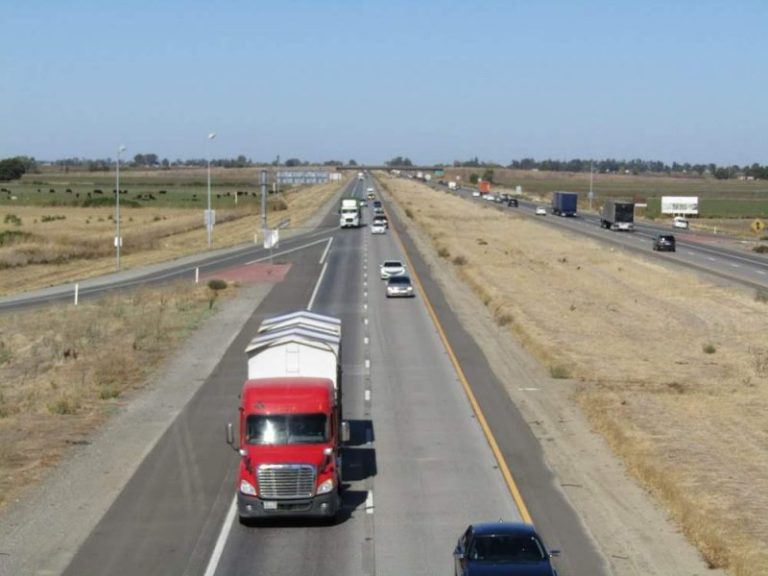How Do I Know if I’m Too Drowsy to Drive?
Nearly 60 percent of people have driven drowsy in the United States, and over 30 percent have fallen asleep at the wheel at least once in their life. Many assume that they can overcome drowsiness and drive safely while tired. However, exhaustion can dangerously impair any driver, no matter what.
Symptoms of Drowsy Driving
Staying awake for 18 hours has the same effect on your driving as a Blood Alcohol Content of 0.05 percent (an 0.08 percent BAC is the legal limit for drunk driving). Medications, sleep disorders, exhaustive work, and other sources of sleep deprivation can all cause the same level of impairment, and render it unsafe to be behind the wheel.
If you display any of the following symptoms of drowsiness, you should stay off the road or ask a friend to drive:

- Drifting out of your lane.
- Yawning or rubbing your eyes.
- Difficulty remembering the last few miles driven.
- Ending up too close to other vehicles.
- Missing road signs or turns.
- Being awake for over 18 hours.
If You Need to Drive Drowsy, Stay Safe
Sometimes, you might find yourself in a situation where you need to drive even if you aren’t fully rested. You should do your best to avoid being tired in the first place and get a good night’s sleep, but if you decide to drive drowsy despite the risks, there are several things you should remember.
- Take a 15 to 45-minute nap. Pulling over and taking a short nap can reduce many of the symptoms of drowsiness temporarily, and can help you stay alert and safe on long journeys. However, you need to give yourself time to wake up after your nap. Sleep inertia, or the “groggy” feeling you get after waking up, can be just as dangerous as the drowsiness you felt before taking a nap. Wait until you are fully awake to resume driving.
- Don’t turn up the radio. Blasting loud music might be an effective way to keep you awake, but an open window, the radio, or any other distraction only further impair you, making it harder to pay attention to the road. If you feel you’ll fall asleep without something forcing you to stay awake, you are not safe to drive.
- Don’t rely on caffeine. A cup of coffee can help wake you up, but it needs time to do so. The effects of caffeine usually take about 30 minutes to set in. Remember, caffeine is not a replacement for sleep, and is only a temporary fix. If you have half an hour to spare, you’ll benefit more by napping unless you’re nearly at your destination.
Drowsy Driving Auto Accidents in Arizona
Drowsy driving accounts for 328,000 accidents a year in the United States, over a third of which involve injury or death. If you’ve been a victim of an auto accident caused by the negligent actions of a drowsy driver, you deserve an adept Arizona attorney. Escamilla Law Group is dedicated to ensuring you receive the compensation you deserve. So don’t wait, schedule a free consultation today by contacting us at (623) 321-0566.
Law News Feed
All NewsWho Is Liable for Damages After a Truck Accident?
According to information from the National Highway Traffic Safety Association, more than 2,500 truck accidents occur each year in Arizona. It goes without sayin…
Common Injuries After a Motorcycle Accident
Motorcycle accidents kill or severely injure individuals more frequently than any other type of crash, resulting in immense amounts of suffering and financial d…

